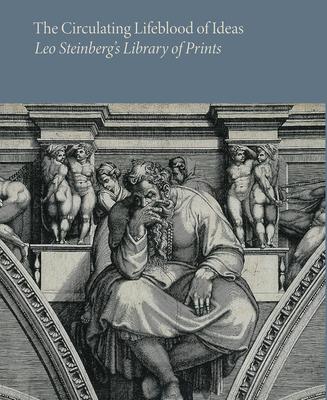How the influential American art historian used his print collection to theorize body language and the concept of the copy
Beginning in the early 1960s, with only the meager budget of a part-time art history professor, Leo Steinberg (1920-2011) amassed a collection of more than 3,500 prints spanning the medium's 500-year history in the West. Steinberg's prints formed a visual library that shaped his scholarship in fundamental ways. His collection, incorporating the work of artists both famous and obscure, illuminates his claim that before photography, prints functioned as the "circulating lifeblood of ideas," disseminating figures and styles across boundaries. Through close observation of his prints, Steinberg developed some of his most innovative arguments about the instructive richness of the copy and the expressive potential of body language. This lavishly illustrated volume examines the development of Steinberg's remarkable collection and its role in his scholarship. It also serves as an introduction to the history of Western printmaking that these works broadly encompass.
